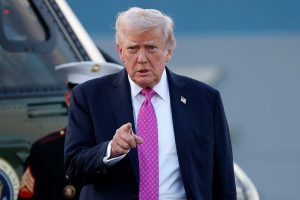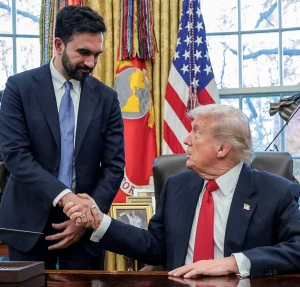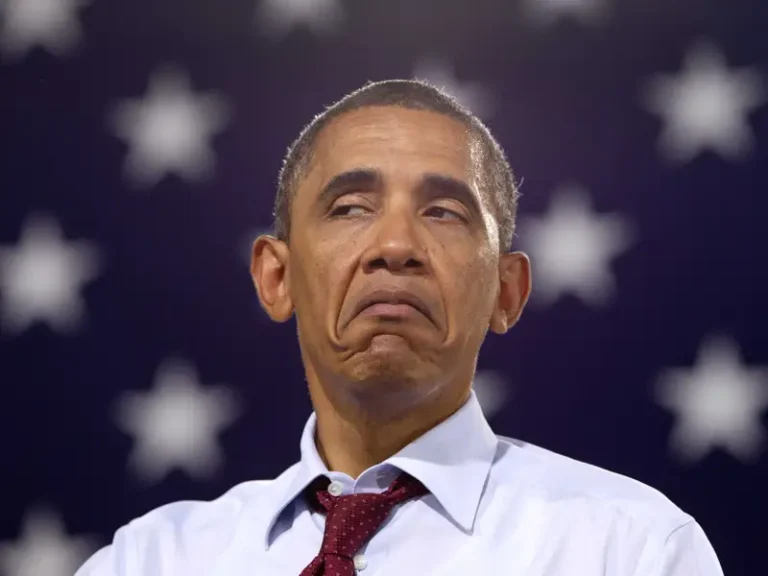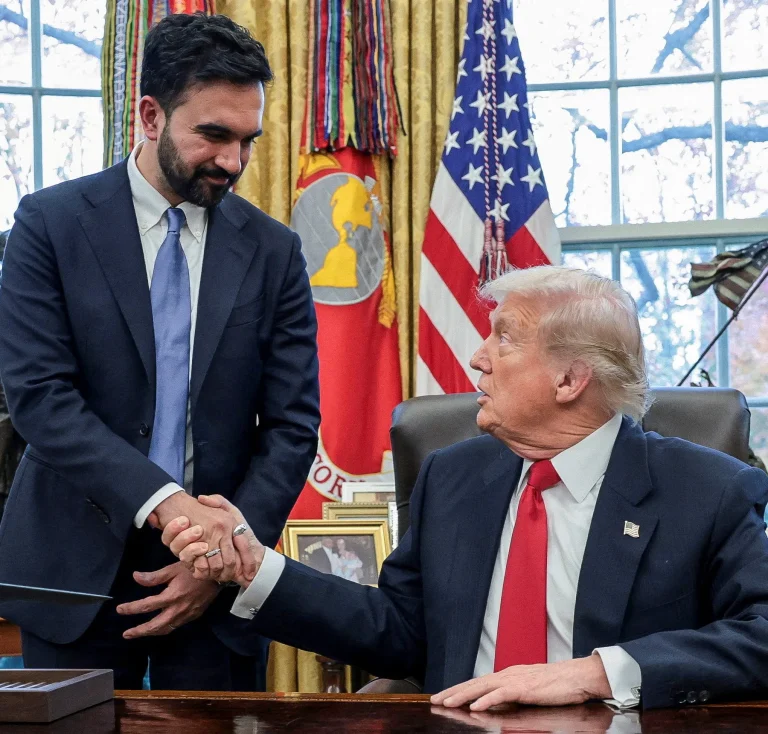Moderate- and low-income Americans may see a significant financial boost as a result of a new proposal announced in the White House earlier this month. During a press briefing on November 17, 2025, President Donald Trump outlined plans to distribute $2,000 rebate checks to eligible taxpayers, drawing from revenue generated through tariffs imposed on foreign goods entering the United States. While the plan has sparked enthusiasm among some constituencies, it has also prompted skepticism and discussion among economists and policymakers about the potential effects on the U.S. economy and the national debt.
According to the President, the rebate checks would primarily target low- and middle-income earners. The administration anticipates that the funds could be delivered sometime after mid-2026, pending the passage of legislation to formalize the distribution. Treasury Secretary Scott Bessent emphasized that congressional approval would be necessary before any payments could be made, explaining that legislation would define the income thresholds and structure for the program.
Speaking from the Oval Office, President Trump highlighted the origin of the proposed funds. He referenced revenue collected under the International Emergency Economic Powers Act (IEEPA), a measure granting broad authority to levy tariffs in the interest of national security or emergency economic measures. “We’re going to be issuing dividends later on, somewhere prior to, you know, probably the middle of next year, a little bit later than that,” Trump said, noting that the plan is designed to return a portion of these earnings directly to American families.
The announcement follows earlier statements from November 10, in which the President first introduced the idea of distributing $2,000 to qualifying taxpayers. The initiative is part of a broader strategy to leverage tariff-generated revenue for direct economic relief while simultaneously addressing concerns about the national debt, currently estimated at $37 trillion. The administration indicated that some of the funds collected through tariffs would also be allocated to debt reduction, with the rebates functioning as a targeted stimulus for households that have faced rising costs and economic pressures in recent years.
The concept of rebate checks funded through tariffs has drawn mixed responses. Some policymakers, including Senator Josh Hawley (R-Mo.), have voiced strong support. Hawley highlighted the need to offset financial burdens on American families, saying in a statement that taxpayers “deserve a tax rebate after four years of policies that have devastated families’ savings and livelihoods.” He noted that the legislative framework for the rebate was introduced earlier this year, aiming to formalize a mechanism similar to stimulus checks issued during the COVID-19 pandemic.
However, the plan has also attracted criticism from economists and fiscal policy experts. The Tax Foundation, a nonpartisan think tank, published an analysis indicating that while tariffs could generate substantial revenue—projected at $2.3 trillion over the next decade—economic distortions associated with such taxes would reduce the effective return to roughly $1.8 trillion. In addition, the foundation raised concerns about the broader implications of rebating tariff revenue directly to consumers, warning that it could fuel inflation and compromise long-term fiscal stability.
“Tariffs have undoubtedly raised costs for American firms and consumers,” the foundation stated, noting that while the government collects the revenue, the initial burden falls on domestic buyers. Rebating this revenue could, in their view, counteract the intended economic signaling of tariffs and potentially exacerbate inflationary pressures already affecting household budgets. Instead, the think tank suggested prioritizing deficit reduction and long-term economic planning, rather than using tariff revenue for direct consumer payouts.
Despite these concerns, proponents of the plan argue that the rebates could provide immediate relief to families struggling with cost-of-living increases, energy price fluctuations, and other economic pressures. By channeling resources directly to households in the lower and middle-income brackets, the program aims to stimulate consumer spending, support local economies, and offset some of the unintended costs of tariffs. Advocates have drawn parallels to the emergency relief payments issued during the COVID-19 pandemic, noting that direct stimulus can provide rapid support in times of economic stress.
Treasury Secretary Bessent elaborated on the administration’s position during interviews with media outlets, emphasizing that the program would include income limits to ensure that benefits are concentrated among households most in need. He noted that Congress would play a crucial role in defining the eligibility criteria and implementing the program. “We need legislation for that,” Bessent said. “President Trump is committed to getting money back to families.”
The use of IEEPA for funding such a program is itself a point of discussion. Legal experts have debated whether employing emergency economic powers to levy and distribute tariffs in this manner falls within the intended scope of the law. The Supreme Court is reportedly considering the constitutionality of such measures, which adds another layer of uncertainty to the timeline and implementation of the proposed rebate checks.
Observers note that, if approved, the plan would mark an unusual approach to managing tariff revenue. Historically, tariffs have been employed primarily as a tool for trade negotiation or as a protective measure for domestic industries. Using them as a direct funding mechanism for taxpayer rebates represents a novel approach that combines elements of trade policy, fiscal policy, and social support.
The proposal has also sparked political debate, reflecting broader partisan divisions over economic strategy. Critics argue that leveraging tariff revenue for rebates may create incentives for continued protectionist policies, potentially prompting retaliation from trading partners and disrupting international commerce. Supporters, on the other hand, emphasize the direct benefits to American families, framing the rebate as a tangible reward for citizens who ultimately bear the costs of import tariffs.
Analysts have also pointed to historical examples where tariff revenue was used to fund domestic programs, noting that the outcomes were mixed and often dependent on broader economic conditions. While the immediate impact on individual households may be positive, the long-term consequences for trade relationships, production costs, and fiscal health remain uncertain.
Political messaging surrounding the rebate has been strategic. President Trump has emphasized the program as a corrective measure following policies implemented by his predecessors, framing it as a return of wealth directly to taxpayers and a counterbalance to perceived economic mismanagement. By tying the initiative to tangible payments, the administration seeks to create a direct connection between government revenue and citizen benefit, a strategy that may resonate with voters concerned about rising living costs and fiscal fairness.
Implementation, however, remains contingent on legislative action. While the administration is optimistic about the passage of the necessary bills, the process will involve negotiations over income thresholds, funding sources, and administrative logistics. The debate in Congress is likely to touch on broader issues, including budgetary priorities, fiscal responsibility, and the potential economic effects of using tariff revenue in this manner.
The proposed rebate also raises questions about equity and distribution. By limiting payments to specific income brackets, policymakers must carefully define eligibility criteria to ensure that assistance reaches those who need it most, while minimizing unintended consequences or exclusions. The Treasury Department has indicated that guidance on these thresholds will be developed as part of the legislative process, in consultation with economic experts and lawmakers.
Supporters have pointed to the broader economic rationale for the program, suggesting that by returning tariff revenue to households with higher marginal propensity to consume, the plan could stimulate aggregate demand, potentially boosting economic growth in the near term. This approach aligns with established economic theories suggesting that targeted fiscal transfers can have a stronger multiplier effect when directed at lower-income households.
Nevertheless, opponents caution that such an approach may only offer temporary relief, rather than addressing underlying structural issues such as income inequality, productivity growth, and fiscal sustainability. Critics argue that while rebate checks may provide short-term benefits, they cannot substitute for comprehensive economic reforms designed to create enduring stability and opportunity.
Public response to the announcement has been varied. Some families have expressed excitement at the prospect of receiving a direct payment that could help cover everyday expenses, from groceries and utility bills to educational costs and healthcare needs. Others have voiced concern about the potential for inflationary pressures and trade repercussions, highlighting the complexities inherent in linking tariff policy to direct consumer relief.
In addition to economic and legal considerations, the plan carries political implications. By emphasizing direct payments to households affected by tariff policies, the administration positions itself as responsive to everyday economic challenges. This messaging may resonate with certain voter segments and shape political narratives in upcoming elections, particularly among constituencies concerned about cost-of-living pressures.
Despite the debates, the administration has remained steadfast in its commitment to pursue the rebate program. Senior officials have noted that discussions with lawmakers are ongoing and that the structure of the payments, including timing, eligibility, and administrative logistics, will continue to evolve. The goal, they say, is to create a program that is both impactful for taxpayers and consistent with broader economic objectives, including deficit reduction and long-term fiscal responsibility.
As the legislative process unfolds, stakeholders will be closely monitoring developments. Economists, policymakers, and advocacy groups alike will weigh in on potential effects, ranging from household financial relief to macroeconomic implications. The eventual passage—or rejection—of legislation will determine whether the proposed $2,000 tariff rebate becomes a reality or remains a policy proposal with symbolic value.
In the meantime, the announcement has prompted public discussion about the relationship between trade policy, taxation, and direct consumer benefits. By connecting tariff revenue directly to household payments, the administration is seeking to illustrate a tangible return on policies that have historically been viewed primarily through the lens of trade negotiations and economic protectionism.
While much remains uncertain about implementation, timing, and the broader economic consequences, the announcement marks a notable moment in policy innovation. The plan represents a unique attempt to link revenue generation with direct fiscal relief for families, creating a framework that could influence future discussions about taxation, trade, and economic equity.
For now, Americans awaiting potential rebate checks will need to watch closely as lawmakers debate the legislation, Treasury officials refine guidance, and courts weigh the legal boundaries of emergency economic powers. Whether the initiative ultimately succeeds will depend on a complex interplay of political negotiation, legal review, and economic analysis, with consequences that extend far beyond the individual payments themselves.
As policymakers and citizens consider the proposal, the central questions remain: Can tariff revenue be effectively returned to households in a manner that promotes both fairness and economic stability? Will the legislative process produce a framework that balances short-term relief with long-term fiscal responsibility? And ultimately, how will this policy choice shape the broader trajectory of U.S. economic and trade policy in the years ahead?
Only time will tell whether the $2,000 tariff rebate becomes a landmark example of innovative fiscal policy, a temporary stimulus measure, or a contentious flashpoint in ongoing debates over trade, taxation, and economic priorities. For Americans navigating the complexities of modern financial pressures, the proposal represents both an opportunity and a point of uncertainty—an intersection of policy ambition, legal scrutiny, and economic calculation that will unfold in the months to come.

Emily Johnson is a critically acclaimed essayist and novelist known for her thought-provoking works centered on feminism, women’s rights, and modern relationships. Born and raised in Portland, Oregon, Emily grew up with a deep love of books, often spending her afternoons at her local library. She went on to study literature and gender studies at UCLA, where she became deeply involved in activism and began publishing essays in campus journals. Her debut essay collection, Voices Unbound, struck a chord with readers nationwide for its fearless exploration of gender dynamics, identity, and the challenges faced by women in contemporary society. Emily later transitioned into fiction, writing novels that balance compelling storytelling with social commentary. Her protagonists are often strong, multidimensional women navigating love, ambition, and the struggles of everyday life, making her a favorite among readers who crave authentic, relatable narratives. Critics praise her ability to merge personal intimacy with universal themes. Off the page, Emily is an advocate for women in publishing, leading workshops that encourage young female writers to embrace their voices. She lives in Seattle with her partner and two rescue cats, where she continues to write, teach, and inspire a new generation of storytellers.







